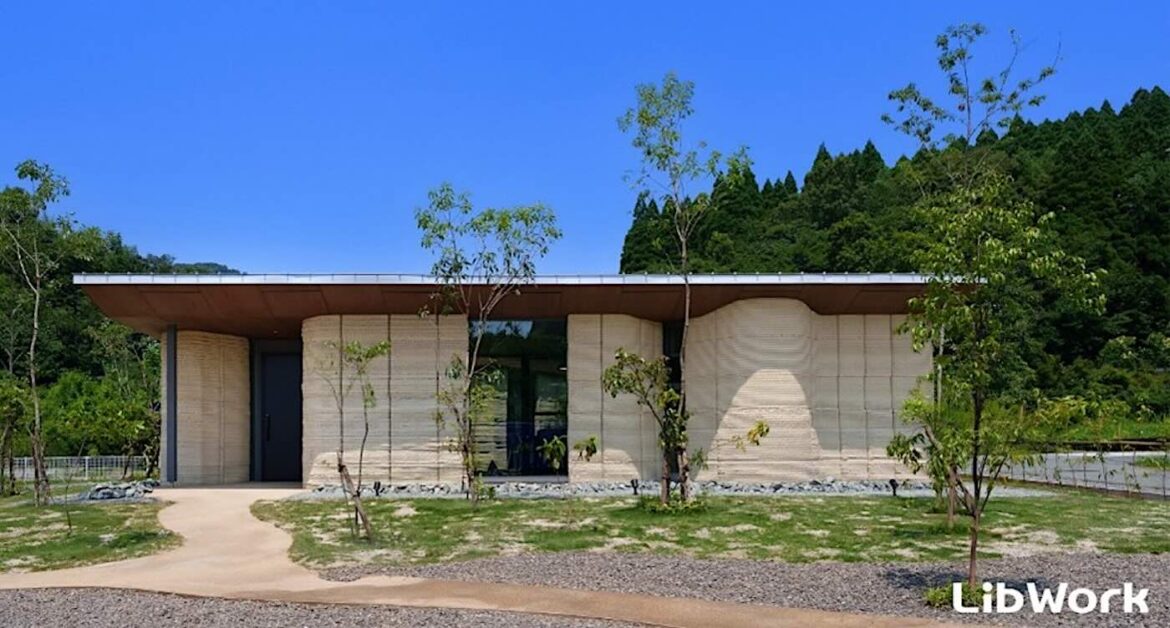First 3D-Printed Home Made Primarily From Soil is Built in Japan–Ditching Unsustainable Concrete
I have to admit, it sounds a bit hands on to me. If I want a house I do not want it to fall apart from an IT issue.
Collaborating with robotics engineers and Italian 3D printer manufacturers, a Japanese company is building “homes of earth” made primarily from soil.
Utilizing AI technology from design through construction, Lib Work, Ltd. completed their first 3D-printed earth home in Yamaga, Kumamoto on July 22, calling their creative process “uncharted territory where tradition and convention offered no guide”.
With an eye toward recycling, sustainability, and reduced carbon emissions, Lib Work focused on combining 3D-printing with natural materials enhanced for strength, constructibility, and design quality.
The walls of the completed Lib Earth House Model B use no cement (which produces industrial waste). Instead, they utilized only naturally derived materials with soil as the primary component to create sustainable earthen walls.
The inventions from this development are patent pending, but pre-orders are being accepted this summer, according to their media release.
The walls contain cutting-edge sensors as part of a wall condensation monitoring system that monitors in real-time the temperature and humidity inside the walls. This system enables the house to manage its own condition by detecting condensation in advance to maintain a long-lasting, comfortable living environment.
Additionally, the homes include remote operation of air conditioning, lighting, and bath controls via smartphone or dedicated monitor. It also features an off-grid energy system that combines
Tesla’s Powerwall battery storage with solar panels to create an electrically independent, self-sufficient home.
Through these cutting-edge initiatives, Lib Work’s goal is the construction of 10,000 units by 2040—but there was no information yet on their cost.







